Giovanni Angelini, MS ’18, is analyzing data obtained by the CLAS12 collaboration (Jlab) related to the strong nuclear force for his PhD. Soon he is going to present his...


For more than a century, the Department of Physics has attracted some of the nation's top scholars. Students build a strong foundation in nuclear physics, astrophysics and biophysics while studying advanced concepts, from quantum mechanics to optics. They also collaborate with faculty and partner institutions to understand the building blocks of life, observe exploding stars in distant galaxies and detect subatomic particles at the core of matter.
Study in the physical sciences at the George Washington University goes back to the founding of the Columbian College in 1821. Officially founded in 1912, the department has been a leader in scientific breakthroughs ever since, including hosting the historical 1939 conference at which Nobel Prize Winner Niels Bohr announced that Otto Hahn had successfully split the atom, thus ushering in the atomic age. Department faculty have included renowned scientists such as George Gamow, early developer and advocate of the big bang theory, and Edward Teller, famed for his work on the hydrogen bomb.
Today, the department carries on the practice of excellent research at state-of-the-art labs in Corcoran Hall and Science and Engineering Hall on GW's Foggy Bottom Campus. Faculty regularly secure competitive grants from the U.S. Department of Energy, the National Science Foundation, NASA and the U.S. Naval Research Laboratory. In the lab and in the classroom, the department is applying physics solutions to everyday life.
“GW has a diverse population. The student body comes from very different backgrounds. Even if your idea of fun is running computer modeling cell movement simulations, here you can find your tribe.”
George Sangiolo
BS '18, Biophysics
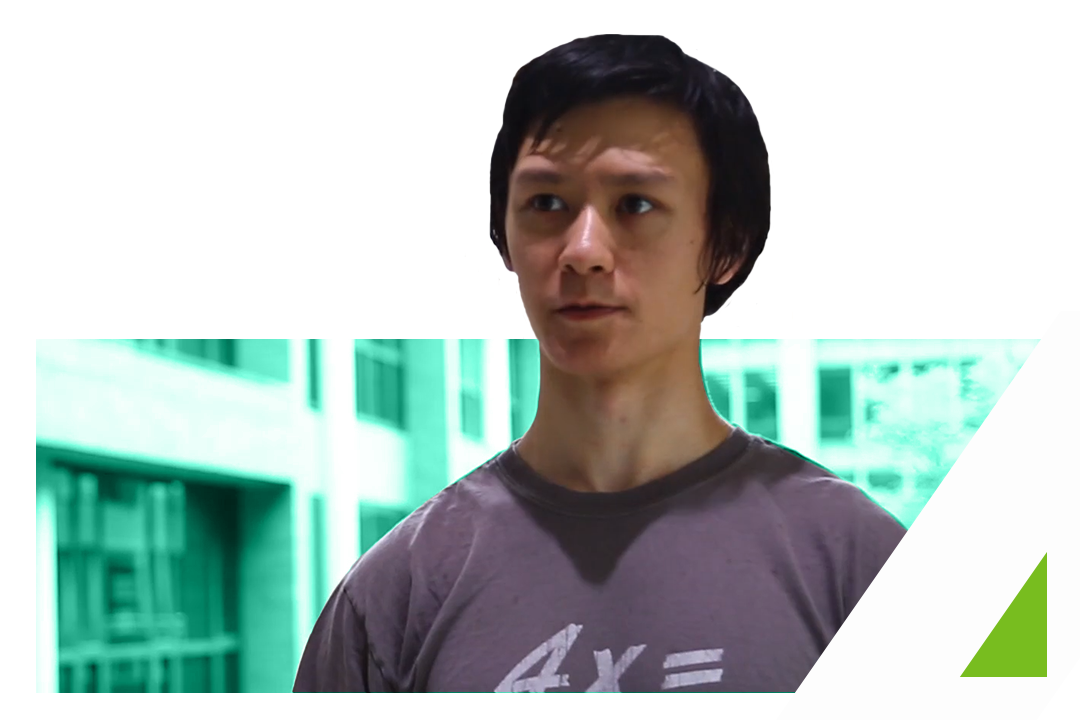
Giovanni Angelini, MS ’18, is analyzing data obtained by the CLAS12 collaboration (Jlab) related to the strong nuclear force for his PhD. Soon he is going to present his...
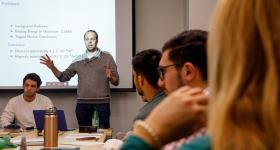
Physics, Professionally Speaking
Assistant Professor of Astrophysics Alexander van der Horst reveals a hard truth to physics majors in his classes: Their physics futures, he tells them, may not go as...

Using Physics to Study Extremism
Professor Neil Johnson’s background in “many-body” physics provides the framework or his research on how extremist groups form online.
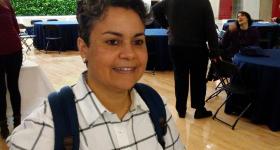
Nuclear Physicist Urges Students to Find Champions
Argonne National Laboratory’s Kawtar Hafidi delivered the keynote at the 2018 GW Conference for Undergraduate Women in Physics. Hafidi discussed her path to leading major research and the...
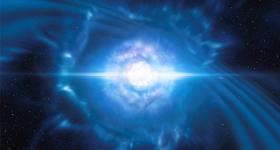
Astrophysicists Identify 'Monumental' Kilonova Blast
Four Department of Physics astrophysicists are part of a group of scientists who confirmed the first observation of a kilonova — two neutron stars merging in an explosive event 1,000 times...
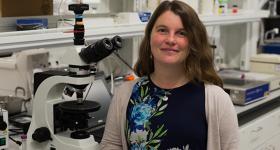
A riddle at the heart of the atom is confounding scientists and suggesting a new model of physics.
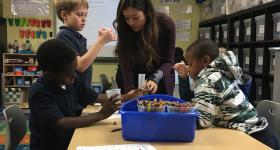
Scholarship Program to Boost STEM Teachers
Thanks to a new grant, GW students majoring in physics and other STEM fields can apply to receive two years of tuition in exchange for teaching after graduation in a high-need school district.
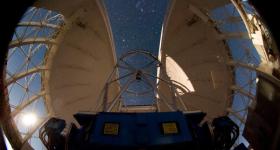
GW Researchers Help Build Advanced Astronomical Instrument
OCTOCAM will allow astronomers to study the visible and near-infrared light from astronomical objects in more detail than ever before possible. The completed instrument will be used at the Gemini...
Frederick Battista, BA ’10 asks, “Did you know that software engineering is less fun than studying the fundamental nature of the universe? You did? How sad! And yet, it is...
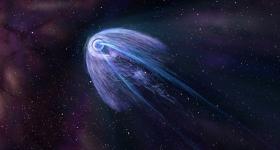
Not all pulsars rocketing through space are alike. Using NASA images, PhD candidate Noel Klingler and a team of other researchers are discovering why some stars shine with different lights.
